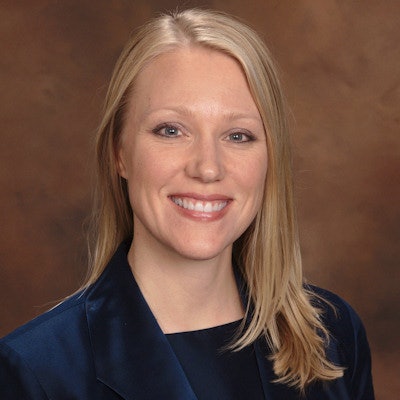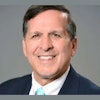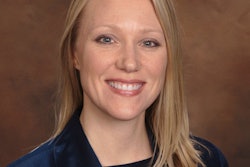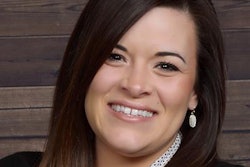
It's that time of the year again with lighter schedules, last-minute patient cancellations, and the dreaded no-shows, which means team members walking around the office acting like zombies and seeking "something to do."
 Corinne Jameson-Kuehl, RDH.
Corinne Jameson-Kuehl, RDH.There will be holes in your schedule if you allow the following five devaluing phrases said to patients and attitudes into your practice:
- "Do you want to reschedule?"
- "What time works?"
- "If you can't make it, no problem. Just give us a call."
- "You can wait to have that procedure until next year."
- "Do you want to just call us?"
It is the entire dental team's responsibility to prevent the scheduling holes and evaluate how the scheduling communication is occurring. The commitment to patient retention and engagement while desiring full schedules at all times should be the obvious office goal. Being aware to "create the appointment demand" and to "build off the schedule" will lead your patients to respect their appointed time, and your day will end with a successful and productive schedule.
Best practices
The best way to implement the expectation that appointments are to be scheduled in advanced is to start with new patients. The new-patient letter should detail your appointment expectations and how you provide reserved appointment times as a courtesy to the patient's schedule.
“It is the entire dental team's responsibility to prevent the scheduling holes and evaluate how the scheduling communication is occurring.”
Establish the scheduling of the next appointment as the norm by leading all patients into scheduling at the patient walkout/dismissal. In a friendly tone with the importance of their time emphasized, ask your patients, "Now, let's get you scheduled for your next visit. Do you prefer a morning or an afternoon appointment?"
Once the first appointment of the day is established, build off your schedule by offering the best fit for your patient's request while simultaneously filling your schedule.
Get into the habit of knowing your patients' work and personal schedules, so it is easier to lead the appointment conversation. Someone who is a stay-at-home parent or a retiree may have a more flexible daily schedule and could be scheduled at those hard-to-fill appointments times, such as 10 a.m. or 2 p.m.
Building off the most popular times is the best way to fill your day. For example, if you look at a certain day and notice your 7 a.m. and 4 p.m. slots are already filled by consistently reliable patients, offer the 8 a.m. and 3 p.m. and so forth.
Time frames
Continue to set patterns by scheduling patients in the same time frame. For example, keeping the continuing care appointments the same day and same time six months apart will establish the long-term date, such as creating the standard Tuesdays at 11 a.m.
Setting a behavior pattern also ensures a more successful remembrance by patients and makes a cancel or no-show less likely. You can also use a third-party system, such as Solutionreach or Lighthouse 360, to kindly remind patients of their scheduled appointment time, while meeting the patients' preferred electronic communication style.
Emphasizing the "busyness" of your office schedule is important. Whether you are incredibly busy or not, it doesn't matter. It's important to create the demand and teach patients to understand how important their reserved appointment time is. They should understand that it may be challenging to get another visit scheduled with their favorite hygienist if they cancel.
Options for scheduling
Your team has to let patients know the standard in the office is scheduling hygiene visits. Remind them that the office does this for all patients as a courtesy so that the most convenient time for the patient can be secured.
The following are good options for moving the conversation forward:
- "We can always follow up and can provide a reminder if you need one."
- "Let's get you scheduled, and then would you please kindly check your schedule and call me back tomorrow if that date and time does not work for you?"
- "I would be happy to call/text/email you tomorrow. When would be a good time to discuss your appointment?"
When patients say, "I don't know where I'll be in six months," your staff can say something playful, such as, "I know where you will be. Here again with me, same place, same time. Now let's get you scheduled."
No matter the scheduling conversation, it is imperative the clinical and administrative teams communicate through both detailed chart notes and verbally with the patient at the end of the visit. This will ensure excellent customer care and that no questions are left unanswered.
Because you value and respect your patients' time, teaching them the value of respecting the scheduled appointment will prove to be an effective way to diminish the holes from your schedule.
Corinne Jameson-Kuehl, RDH, has been involved in the dental field for more than 20 years as a private practice practitioner, business development manager, and dental staffing company founder and owner. She can be reached through her website, CorinneJamesonKuehl.com.
The comments and observations expressed herein do not necessarily reflect the opinions of DrBicuspid.com, nor should they be construed as an endorsement or admonishment of any particular idea, vendor, or organization.



















